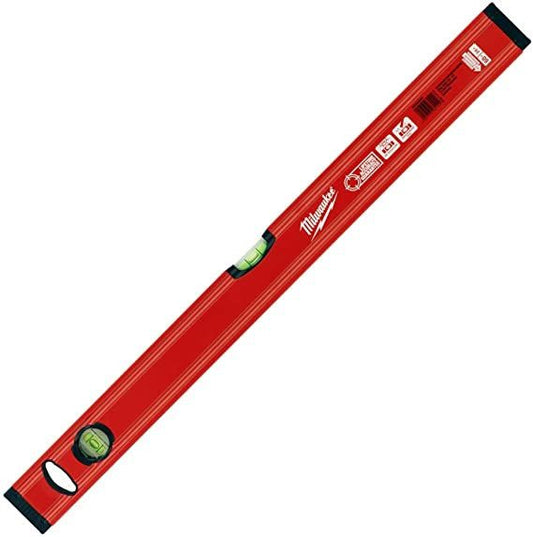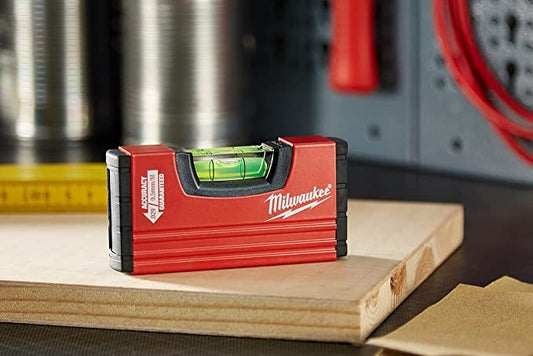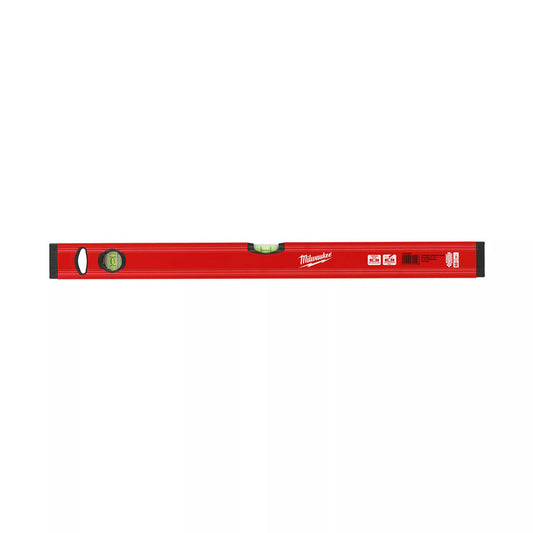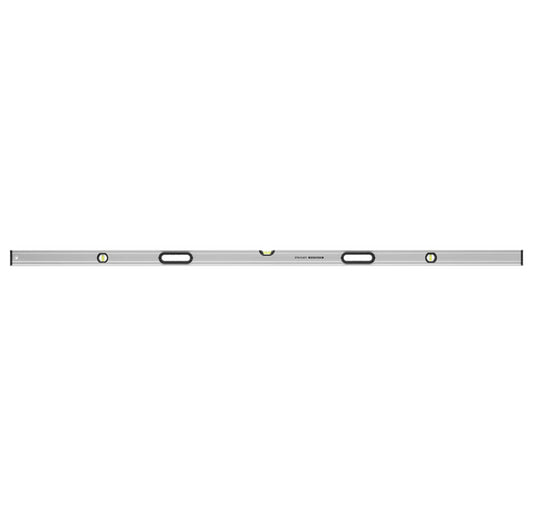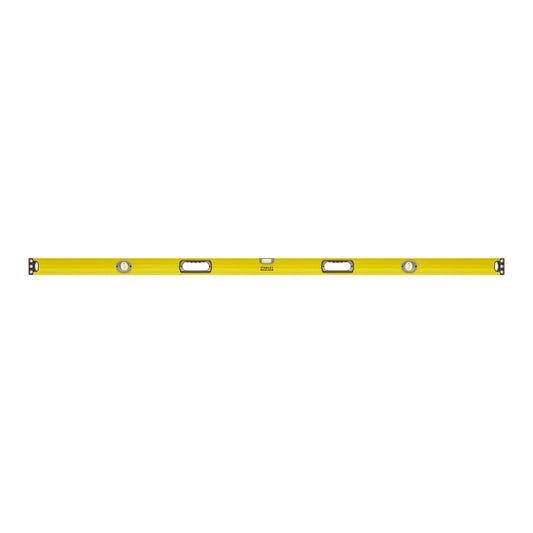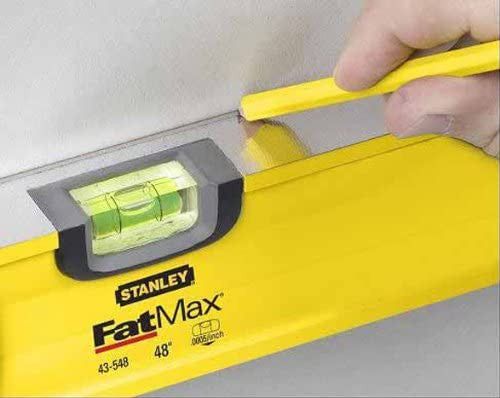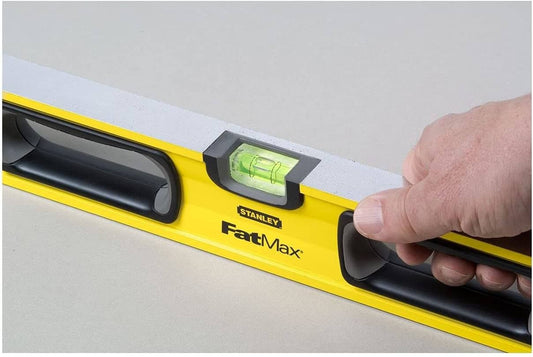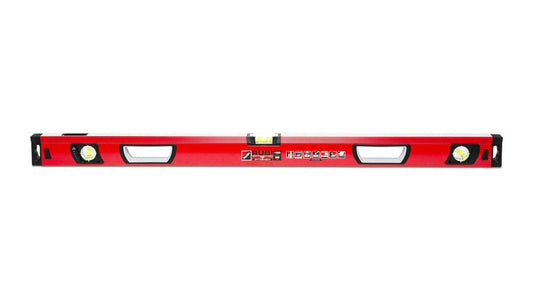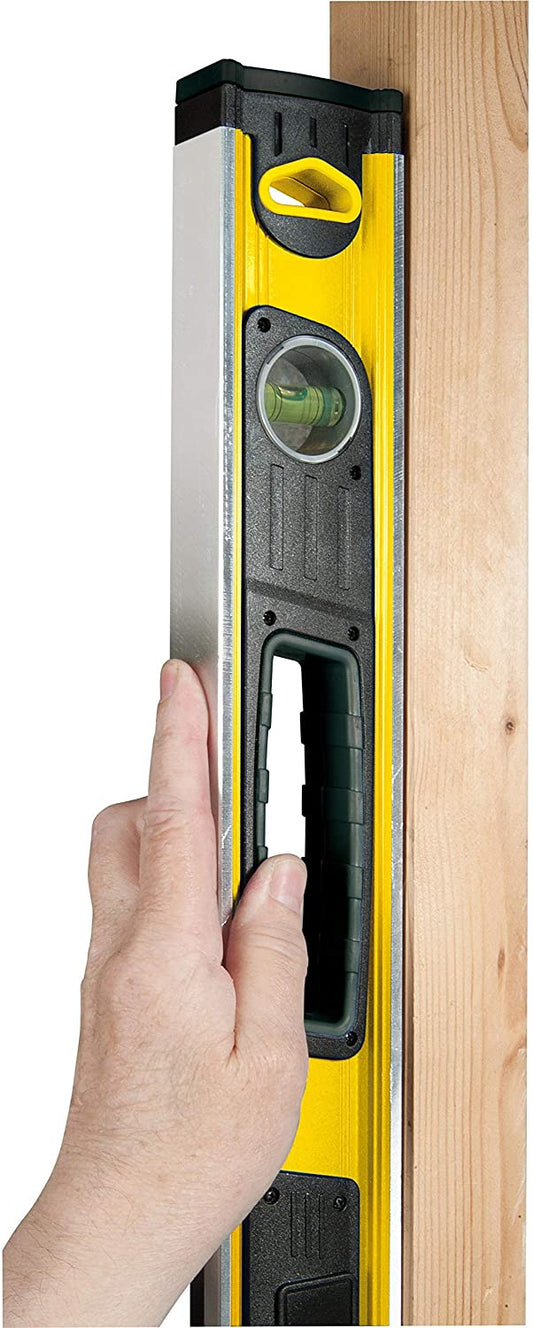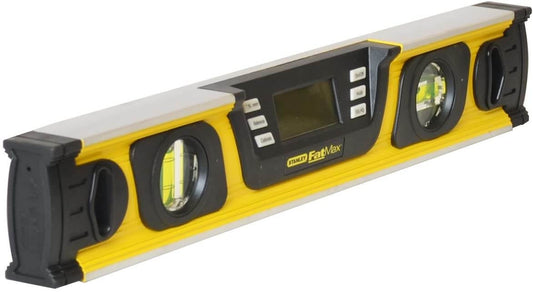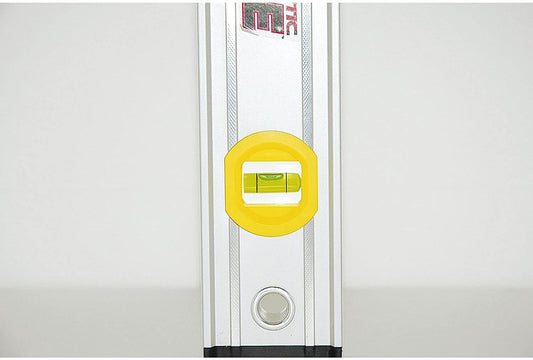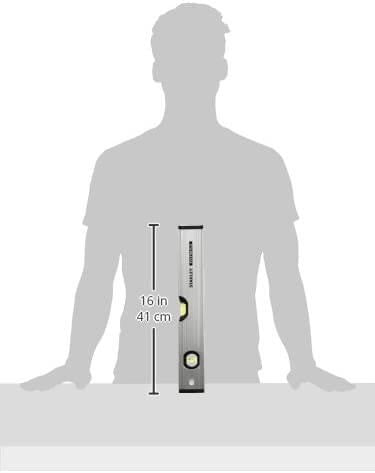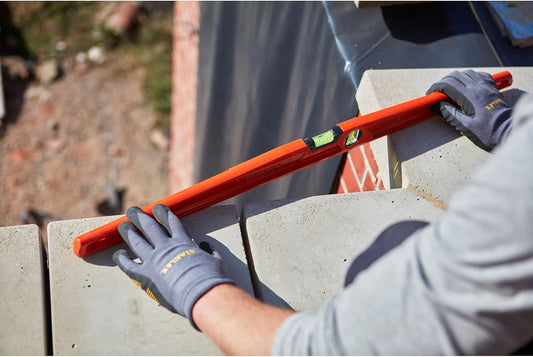Level meter
At Brikum, we know how crucial it is to have precise and reliable tools that make your DIY and construction projects easier. That's why we present our range of levelers, designed to ensure that every measurement is exact and every line perfectly aligned. With a leveler from our selection, you can tackle any challenge that involves measuring levels, whether it's hanging pictures with professional precision or ensuring your surfaces are perfectly level before you start working.
The precision of a leveler like the ones you will find at Brikum becomes your best ally, facilitating tasks that require an expert eye and a steady hand. Furthermore, a leveler is not only an essential tool in any toolbox, but it is also the perfect companion for renovation, construction and decoration projects, ensuring that the final result is flawless and lives up to your expectations. Discover the leveler that will transform the way you work, giving you the confidence of knowing that each measurement is taken with the utmost precision.
With a Brikum leveler, you equip yourself with the necessary technology to carry out your projects with the certainty that you are building on solid and perfectly aligned foundations. Welcome to the ultimate shopping experience to find the leveler that will take the quality of your work to the next level.
How does a tile leveler work?
A tile leveler is an innovative tool designed to ensure that tile placement is uniform and perfectly aligned, ensuring professional finishes on any tiling project. This type of leveler is essential to avoid unevenness between the slabs, which not only affect the aesthetics but also the functionality of the tiled spaces.
The operation of the tile leveler begins with its placement between the edges of adjacent tiles, just after they have been placed on the not yet set adhesive. Depending on the leveling system, it may consist of wedges, clips, or a combination of both. The clips are inserted into the spaces between the tiles, while the wedges are used to apply the pressure necessary to level the tiles evenly.
Once the clips and wedges are in place, they are adjusted manually or with the help of a specific tool for the tile leveler. This adjustment applies even pressure to the edges of the tiles, pushing them down or pushing them together sideways until they are all level. This process not only ensures that the final surface is completely flat, but also helps maintain a constant joint width between each tile, contributing to the overall aesthetic of the work.
After the adhesive has dried and cured completely, remove the protruding parts of the tile leveler. Depending on the type of leveler, this may involve breaking the clip tabs at the base or simply removing the shims. This final step leaves a perfectly level tile surface, ready for grouting.
Using the tile leveler greatly facilitates the tile installation process, allowing professionals and DIYers to achieve flawless results with less effort and in less time. In addition to improving the quality of the finish, the tile leveler reduces the risk of costly errors and increases the durability of the installation by preventing problems resulting from poor leveling, such as cracks in the grout or in the tiles themselves.
What is used to level the ground?
To level the floor, a floor leveler is used, a solution specifically designed to correct irregularities and ensure a flat and uniform surface. This product is essential in preparing floors before installing coverings such as tiles, laminate, parquet, or even carpet, ensuring that the final finish is perfect and durable.
The floor leveler comes in the form of a mixture that can be cementitious or resin-based, depending on the type of application and the specific needs of the project. The choice between one or the other will depend on factors such as the magnitude of the irregularity to be corrected, the type of floor on which it will be applied and the type of final coating that will be placed on it.
The leveling process begins with proper preparation of the floor, which must be clean, dry and free of any debris that could affect the adhesion of the floor leveler. The leveler mixture is then prepared according to the manufacturer's directions, which generally involves adding water to the powder mixture until a liquid but thick consistency is obtained.
Once prepared, the mixture is poured onto the soil, spreading with a trowel or tooth rake to ensure uniform coverage. The self-leveling nature of the product allows it to spread evenly, filling in depressions and creating a smooth, level surface. In some cases, it may be necessary to apply several coats to achieve the desired level, especially if the irregularities are significant.
The floor leveler dries and sets over a period that varies depending on the product, creating a solid, level base on which the final coating can be installed without fear of future problems such as cracks, warping or unevenness in the surface.
Using a floor leveler is a crucial stage in the preparation of any flooring project as it ensures that the base you are working on is ideal, which is critical to the success and longevity of any flooring installation. This step not only improves the aesthetics and functionality of the space, but also contributes to the durability and quality of the project as a whole.
How to measure the water level?
To measure the water level accurately and effectively, an instrument known as a water level is used. This device is essential in a variety of applications, from construction and agriculture to landscaping projects and pool maintenance. The water leveler offers a simple but effective way to determine height differences and ensure correct leveling of surfaces or compliance with specifications in the storage and distribution of water.
The basic principle behind the water leveler is the law of communicating vessels, which states that water will reach the same level in connected pipes, regardless of their shape or size, as long as they are communicating and there are no significant pressure differences. . A water leveler is typically made up of a long clear tube filled with water or a colored solution to improve visibility.
The use of the water leveler is particularly useful in large areas or when great precision is required without the need for electronic or complex tools. It is an economical and efficient solution to ensure the correct drainage of land, the leveling of floors and foundations, or even for the installation of irrigation systems in agriculture.
Although the concept behind the water leveler is simple, its practical application requires some skill to handle the tube correctly and take accurate readings. However, with a little practice, the water level becomes an indispensable tool for any project that requires precision in measuring water levels.


